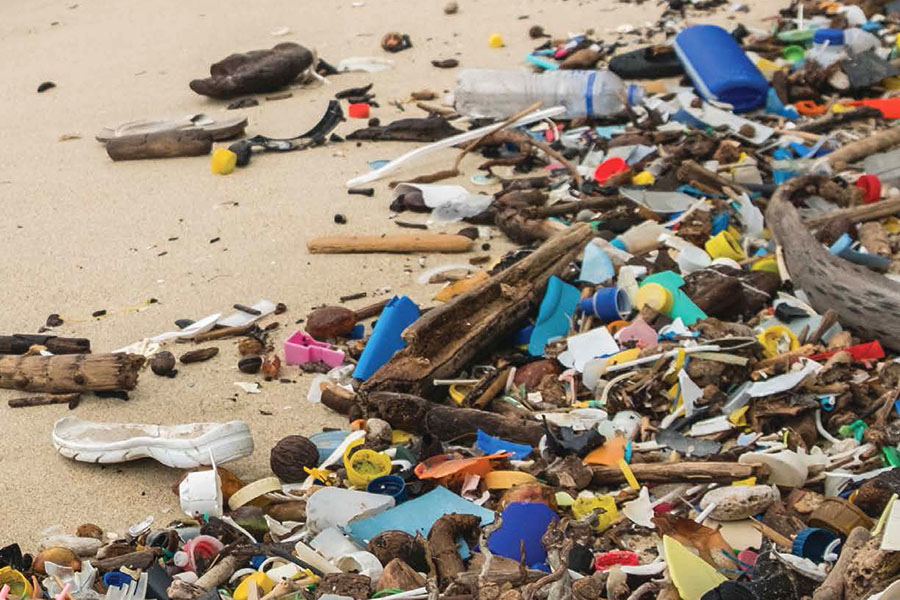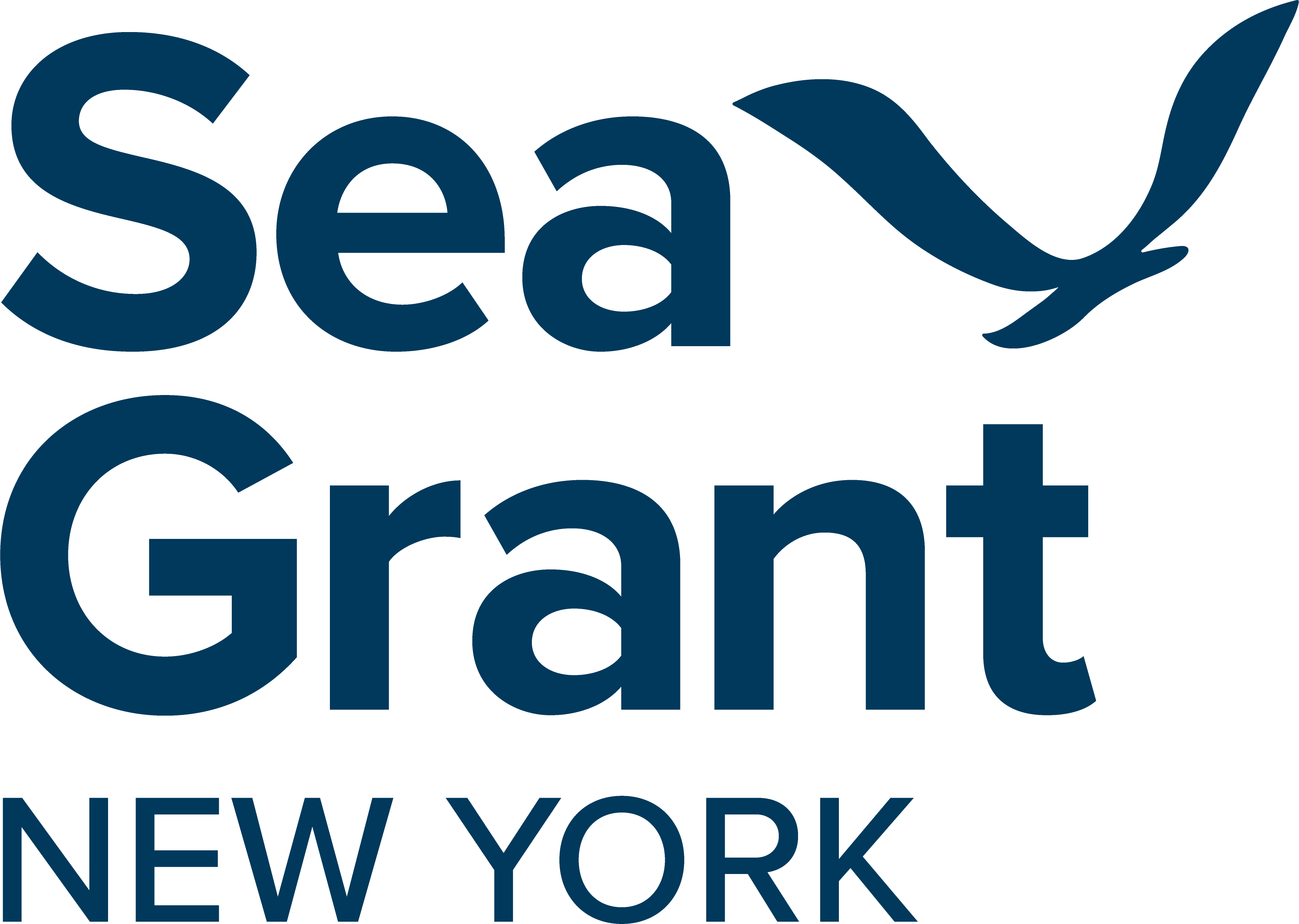Background
This lesson is part of the Plastic Pollution and You curriculum developed by the educators from New York Sea Grant.
In this lesson, students will use persuasive communication methods when contacting a local retailer to educate and encourage them to shift toward more sustainable practices.
Note: Environmental science and marine debris is an interdisciplinary field. Scientists need to use effective communication techniques to educate the public about their research in order to result in positive community behavior change. This lesson presents an opportunity to align and work with English language arts standards and teachers.
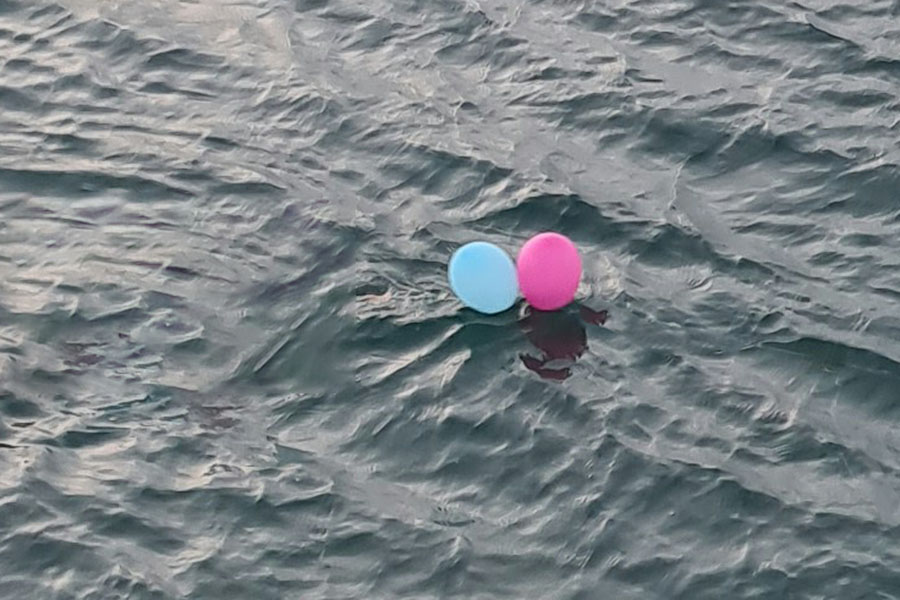
Objectives
Students will:
- determine the effect plastic has on marine life.
- consider the impact business inventory can have the environment.
- recommend alternative options to solve an environmental problem

Lesson Alignment
This lesson is part of the Plastic Pollution and You curriculum and is aligned to the following standards document:
New York State P-12 Science Learning Standards & Next
Generation Science Standards | LINK
SCI: 5-ESS3-1, MS-ESS3-1, HS-ESS3-1
New York State Social Studies Learning Standards and K-12
Framework | LINK
SS: 8.8.c, 10.9.a, 10.9.b
English Language Arts Standards & Literacy in History/
Social Studies, Science, and Technical Subjects Standards | LINK
ELA: WHST1, WHST7
Materials
Access printed copies or electronic versions of lesson materials below.
- Examples of different types of balloons and associated materials (latex balloon, mylar balloon, ribbon, etc.)
Joyful Send-Campaign
Web resource from Virgina Coastal Management Program
Parker’s Party Place Case Study
One per student
PBS.org Research Guide
One per student
Persuasive Communications Chart
One per student
Ethos, Pathos, Logos1
Video Resource from Texas A&M University Writing Center
Persuasive Communications Sheet
One per student
All Tangled Up
Marine Debris Entanglement Lesson
Eating Plastic is a Deadly Meal
NOAA Marine Debris Ingestion Lesson- web resource
Plastic Pollution and You
Full Curricula
1 Disclaimer: The linked YouTube video below may contain advertisements that can interrupt viewing. These ads are typically placed by content creators or YouTube and may vary in length and frequency.
Time Required
This lesson may require 1-2 class periods to complete.
Activity Set-Up
As a class or in small groups, allow students to inspect ballons and other materials. Encourage students to think about the different characteristics of the items.
Use the Marine Debris Entanglement and Ingestion lessons if students have questions about the risk of discarded balloons.
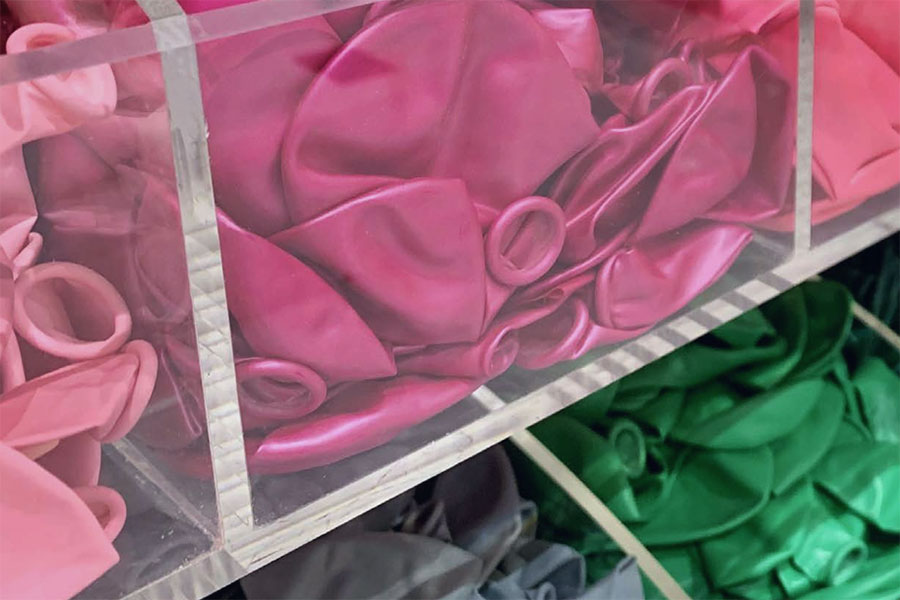
Lesson
- As a class, review the Virginia Coastal Zone Management Program’s Joyful Sendoff Campaign and discuss alternatives to balloons and balloon releases.
- Have students find 2-3 additional sources of information on plastic pollution, using the PBS.org Research Guide as needed.
- Have students read the case study of Parker’s Party Place.
- Review the Persuasive Communications Tipsheet (and additional video if needed) as a class.
- Students will complete the Persuasive Communication Activity to suggest alternative products for Parker to promote at his store.
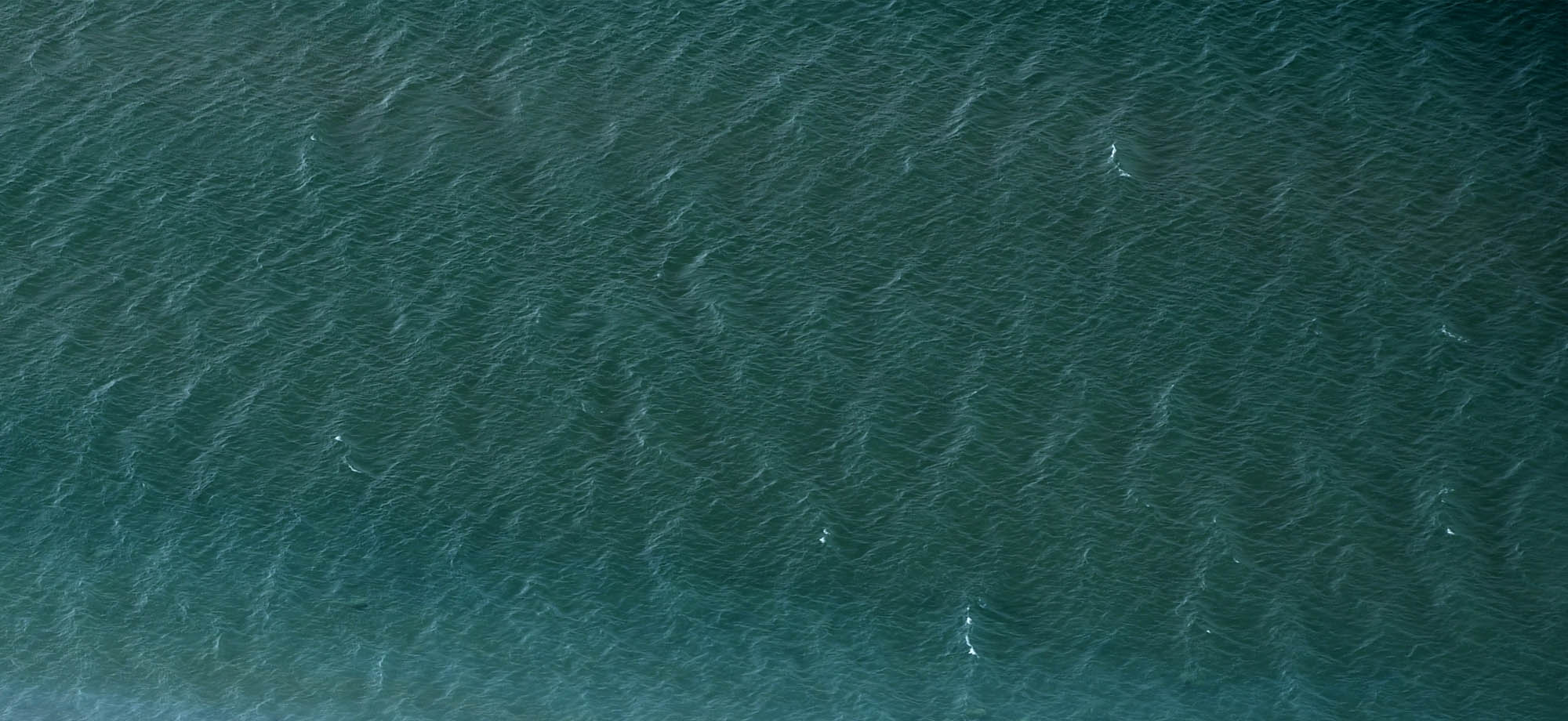
This lesson is part of a larger curriculum, Plastic Pollution and You.
